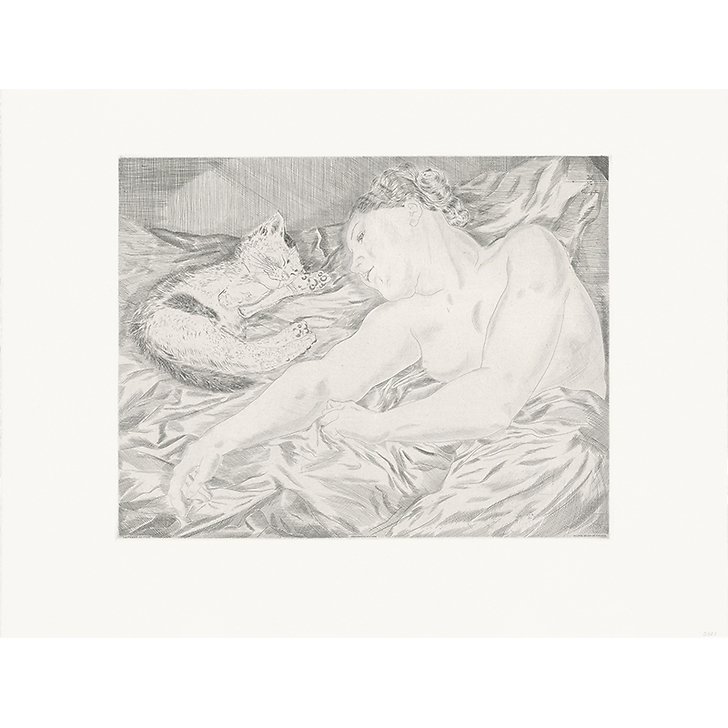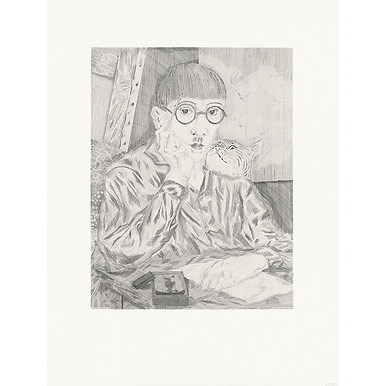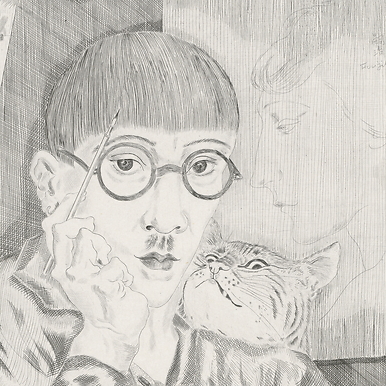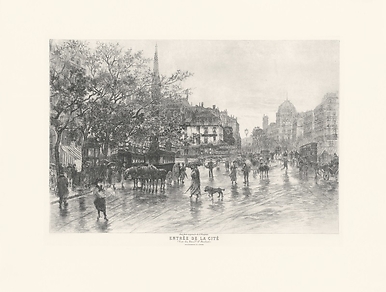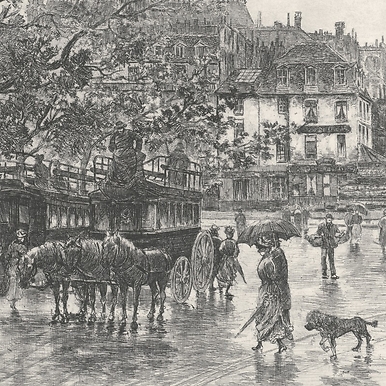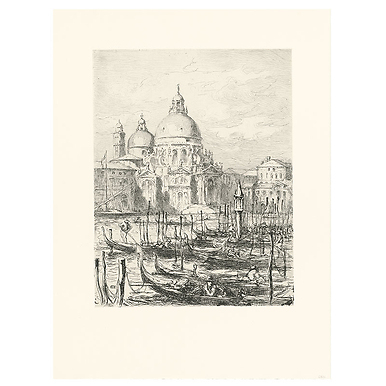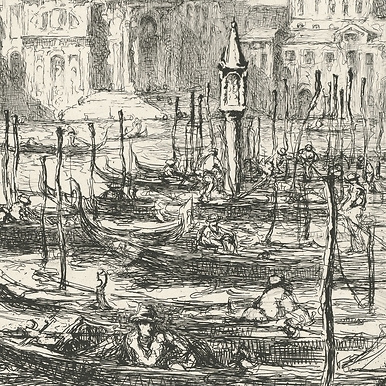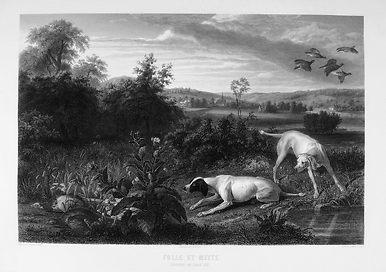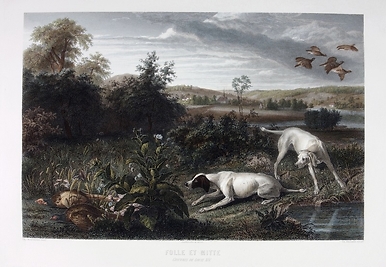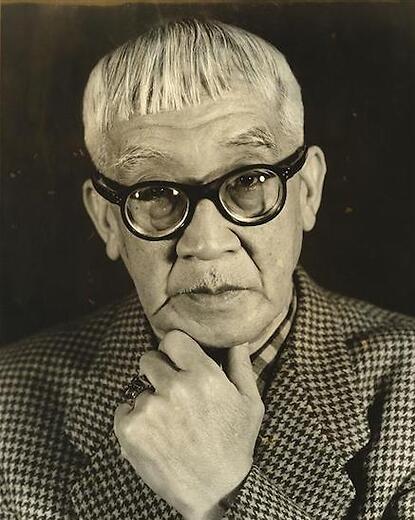Engraving The woman with the cat - Foujita
KM006821
Tsugouharu Foujita (1886 - 1968), The woman with the cat
After classical studies, this son of a samurai entered the Tokyo School of Fine Arts where his talent was often rewarded. At a very young age, he became interested in images imported from Europe and enrolled in French classes while devoting most...
Read more
Tsugouharu Foujita (1886 - 1968), The woman with the cat
After classical studies, this son of a samurai entered the Tokyo School of Fine Arts where his talent was often rewarded. At a very young age, he became interested in images imported from Europe and enrolled in French classes while devoting most of his time to drawing and painting. However, his Western style and his too independent character disturbed him. Eager for freedom, he left Japan in August 1913. After a short stay in London, he settled in Paris where he quickly became one of the picturesque figures of Montparnasse. He frequented social circles and met many artists such as Picasso, Soutine, Van Dongen, Modigliani, Chagall. From 1930 to 1950, he divided his life between travels where he met success and esteem: in England, Belgium, Holland, Switzerland, Italy, Germany, the United States and its two emotional capitals: Paris and Tokyo. Foujita's success grew. His style is balanced between a decorative figuration with pure and delicate forms of Japanese vocabulary and Western modernity. Foujita would say of himself: I am different from others because I am Japanese and short-sighted. He drew his subjects from children and cats and, in love with himself and women, he multiplied self-portraits and portraits. In 1955, he adopted French nationality. Buddhist, he converted to Catholicism and was baptized at the age of 73 in the cathedral of Reims, named after Leonardo in homage to Vinci. In 1968, he died of cancer in Zurich.
Close
Login to see prices
Sold by GrandPalaisRmn

